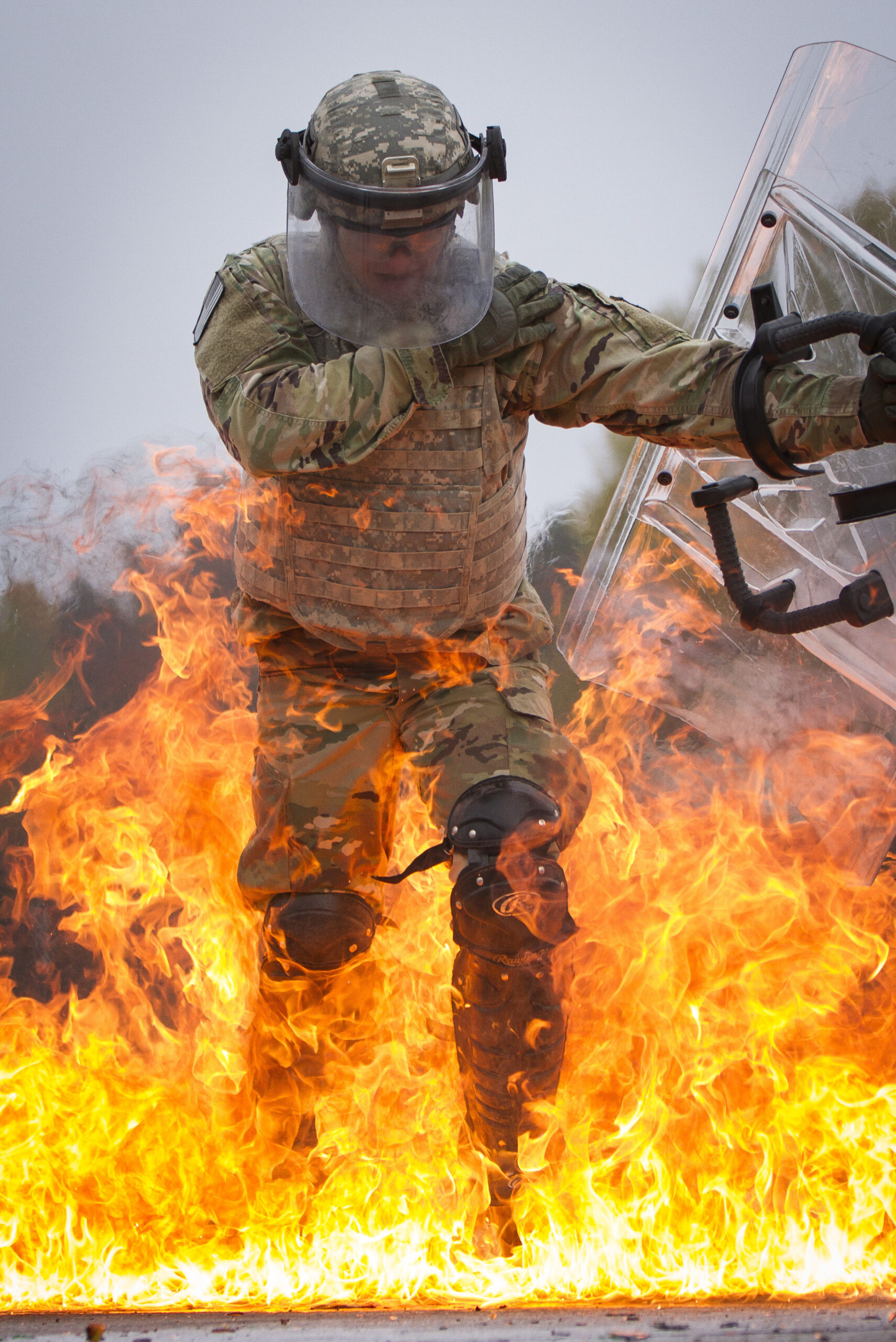What are the symptoms of pyrophobia?
Pyrophobia is an intense and irrational fear of fire. The symptoms can vary in severity but generally include:
- Extreme Anxiety: Overwhelming feelings of fear or anxiety when thinking about or being near fire.
- Panic Attacks: Sudden episodes of intense fear or panic when exposed to situations involving fire or even when discussing fire. Symptoms of a panic attack may include rapid heartbeat, excessive sweating, trembling, shortness of breath, dizziness, and a feeling of impending doom.
- Avoidance Behavior: Avoiding situations or places where there might be fire, such as campsites, fireplaces, or areas with open flames. This may include avoiding certain activities or places where fire could potentially be present.
- Physical Symptoms: Physical reactions such as sweating, shaking, nausea, or dizziness when confronted with the possibility of fire or during fire-related situations.
- Distress or Impairment: Significant distress or impairment in daily functioning due to the fear of fire. This might affect one’s ability to work, socialize, or participate in certain activities.
- Intrusive Thoughts: Recurrent, unwanted thoughts or images of fire that cause significant distress or anxiety.
- Hypervigilance: Being excessively alert or on edge regarding fire hazards, often leading to compulsive checking or safety measures.
If pyrophobia is causing significant distress or interfering with daily life, seeking help from a mental health professional, such as a therapist or psychologist, can be beneficial. Treatment options might include cognitive-behavioral therapy (CBT), exposure therapy, and relaxation techniques to help manage and reduce the fear.
What are the causes of pyrophobia?
Pyrophobia, or the intense fear of fire, can arise from a variety of factors:
- Traumatic Experiences: A past traumatic experience involving fire, such as a fire accident, severe burns, or witnessing a fire-related incident, can trigger a lasting fear.
- Learned Behavior: Observing others’ fear of fire, especially during childhood, or hearing frightening stories about fire can contribute to developing a fear of fire.
- Genetic Factors: There may be a genetic predisposition to anxiety disorders and phobias, which could make someone more susceptible to developing pyrophobia.
- Cognitive Factors: Individuals who tend to catastrophize or have a tendency to expect the worst-case scenarios may develop a heightened fear of fire.
- Anxiety Disorders: Pyrophobia may be a part of a broader anxiety disorder, where individuals are prone to excessive worry and fear about various aspects of their environment.
- Cultural Influences: Cultural beliefs and societal influences regarding the dangers of fire can contribute to the development of a phobia. For instance, cultural narratives about the destructive power of fire might reinforce fear.
- Developmental Factors: Fear of fire might develop during childhood as part of normal development. However, if this fear is not managed or if it is reinforced by negative experiences, it can become a more persistent phobia.
- Biological Factors: Some theories suggest that heightened sensitivity to stimuli or an overactive fear response in the brain could contribute to the development of specific phobias, including pyrophobia.
Understanding the underlying causes can help in effectively addressing and treating pyrophobia. Therapy, particularly cognitive-behavioral therapy (CBT) and exposure therapy, can help individuals manage and reduce their fear by addressing the root causes and teaching coping strategies.
What is the treatment for pyrophobia?
Treatment for pyrophobia involves various approaches to help individuals manage and overcome their fear of fire. Common treatments include:
- Cognitive-Behavioral Therapy (CBT): CBT is a widely used therapy for phobias. It helps individuals identify and challenge irrational thoughts and beliefs about fire, and replace them with more realistic and balanced thoughts. CBT also often includes exposure therapy, where individuals gradually face their fear in a controlled and safe manner.
- Exposure Therapy: This involves gradual, controlled exposure to fire-related stimuli to help individuals become less sensitive and fearful over time. The exposure is typically done in a step-by-step process, starting with less frightening scenarios and progressively moving to more challenging ones.
- Relaxation Techniques: Techniques such as deep breathing, progressive muscle relaxation, and mindfulness can help manage anxiety symptoms and reduce the physical and emotional stress associated with pyrophobia.
- Desensitization: Systematic desensitization combines relaxation techniques with gradual exposure to fire-related stimuli. The goal is to help individuals become more comfortable and less anxious when exposed to their fear.
- Therapeutic Visualization: This technique involves guiding individuals through mental exercises where they imagine themselves in fire-related situations while remaining calm and controlled. This can help reduce fear responses over time.
- Medication: In some cases, medication may be prescribed to help manage anxiety symptoms associated with pyrophobia. This is typically considered when therapy alone is not sufficient, and medications such as anti-anxiety drugs or antidepressants may be used.
- Education and Information: Providing information about fire safety and the actual risks associated with fire can help reduce irrational fears and increase understanding.
- Support Groups: Joining support groups where individuals share similar fears can provide emotional support and practical coping strategies.
Treatment plans are usually tailored to the individual’s specific needs and may involve a combination of these approaches. Consulting with a mental health professional, such as a psychologist or therapist, can help determine the most appropriate treatment plan for managing and overcoming pyrophobia.

Leave a Reply
You must be logged in to post a comment.